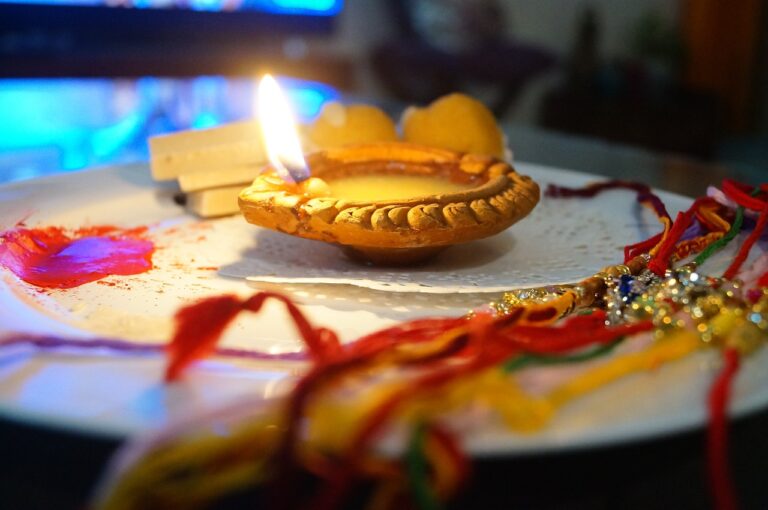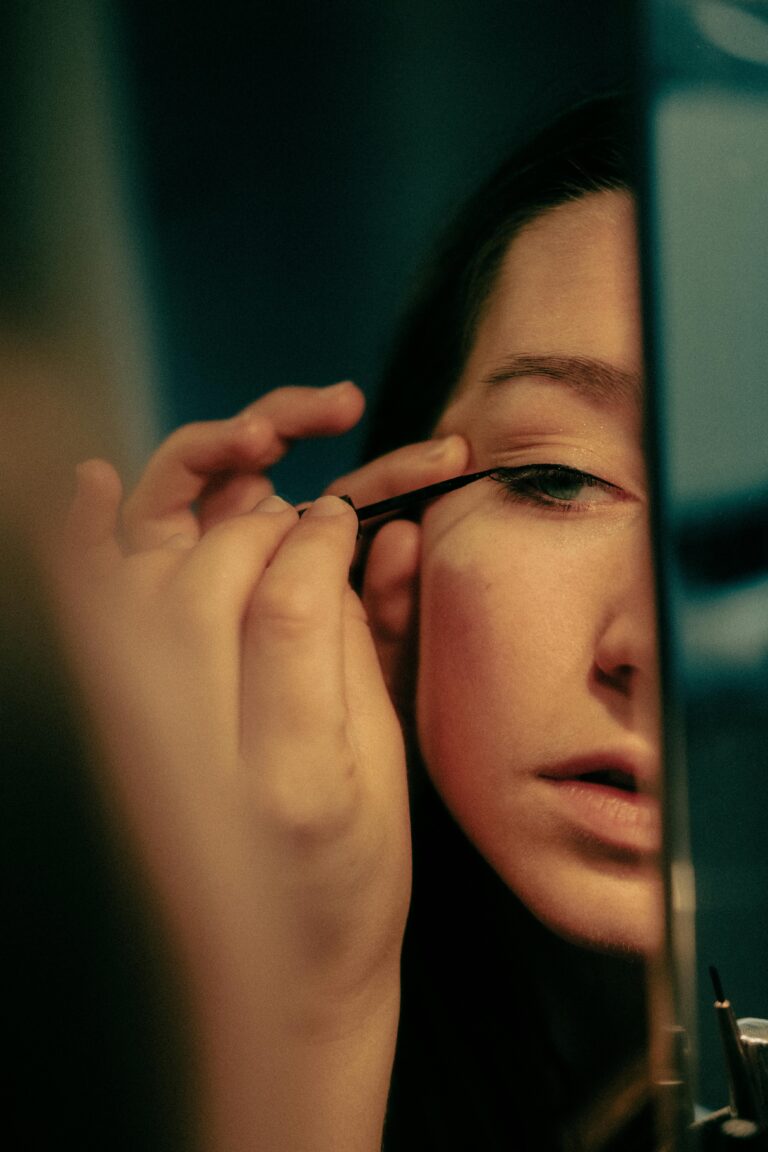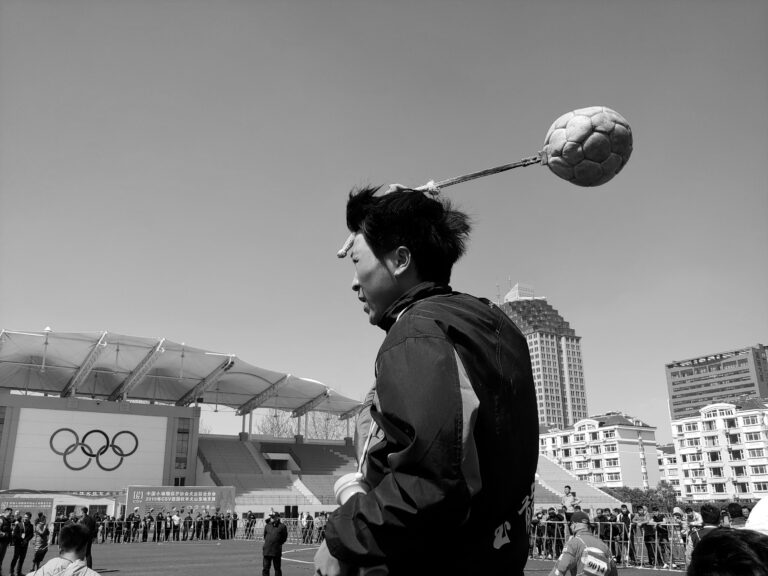As Raksha Bandhan is approaching, many of us are likely thinking about buying rakhis for our beloved brothers. It is the most special day for brothers and sisters. Why not celebrate this auspicious day with eco-friendly Rakhi? Read this blog for ideas on how you can make your very own eco-friendly rakhi at home.
What is Raksha Bandhan?
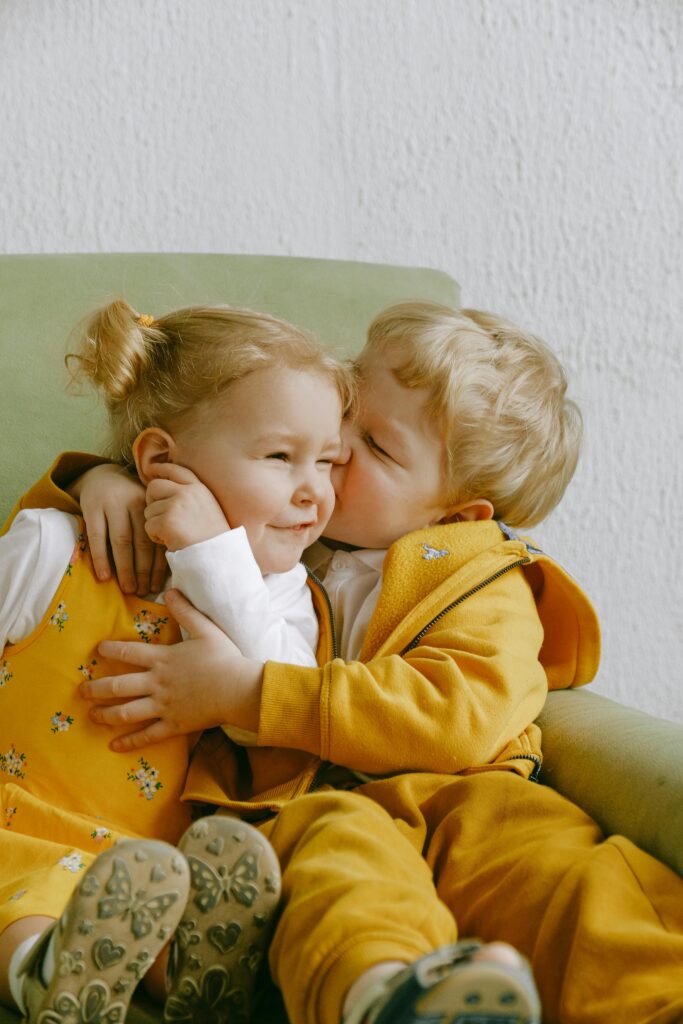
Rakhi, also known as Raksha Bandhan, is a traditional Hindu festival celebrated in many parts of India and other regions with Hindu populations. The festival is about the bond between brothers and sisters. On this day, sisters tie a decorative thread, called a Rakhi, around their brothers’ wrists to symbolize their love and prayers for their brother’s well-being, and the brother’s vow to protect her. The celebration of Raksha Bandhan is rooted in various historical and mythological tales. One story involves Queen Karnavati of Chittor sending a Rakhi to Mughal Emperor Humayun, seeking his protection against invaders. Another tale from the Mahabharata mentions Draupadi tying a piece of her sari as a Rakhi to Krishna, who then vows to protect her.
When is Rakhi 2024?
Raksha Bandhan, or Rakhi, is celebrated annually on the full moon day of the Hindu month of Shravana, also known as Shravana Purnima.
The auspicious time for tying the Rakhi, known as the Rakhi Muhurat, will be from 01:30 PM to 09:08 PM on August 19th, 2024
Why Make Rakhi Eco-Friendly?
Traditional Rakhi often contains synthetic materials like plastic, synthetic threads, and metals. They are made of materials that can harm the environment when disposed improperly.
You can make beautiful unique Rakhi at home which will be unique and eco-friendly.
If you are buying Eco-friendly Rakhi from outside, they are free from harmful chemicals and dyes, making them safer for both the makers and the wearers, especially for children.
Small changes, like choosing an eco-friendly Rakhi, contribute to larger environmental benefits and help in fostering a culture of sustainability. It can also be a fun and creative activity at school which can help children understand the importance of mother nature.
Here are some 5 Easy Ways to make eco-friendly Rakhi
Recycled Paper Rakhi
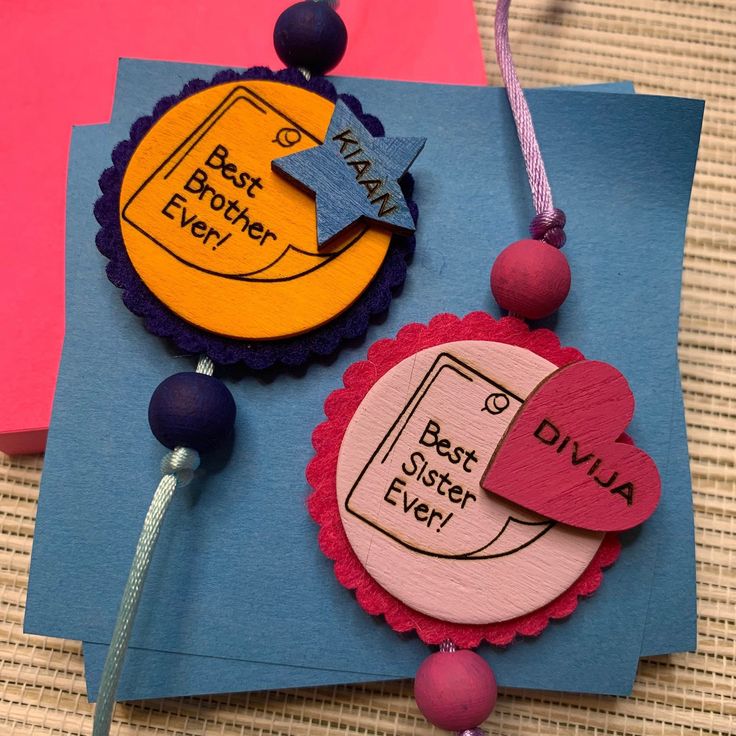
Materials: Recycled paper (newspapers, old greeting cards), glue, natural dyes, or markers.
- Cut the recycled paper into shapes or patterns.
- Decorate with natural dyes or markers.
- Add embellishments like dried flowers or seeds.
- Attach a cotton or jute thread to the paper base using glue or by making holes and tying the thread through.
Fabric Rakhi
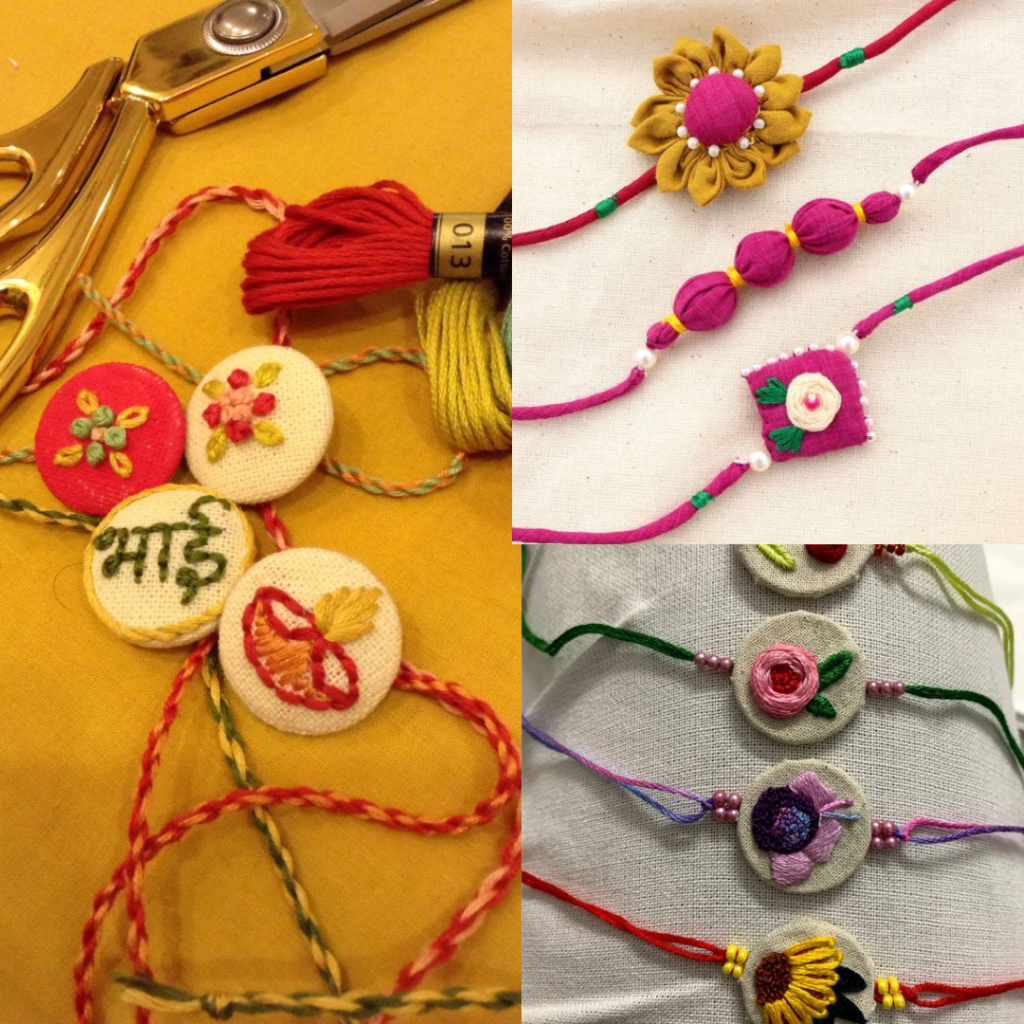
Most of us have used piece of fabrics, mostly in Indian households our moms leave cuttings from the fabric of their dress or saree. Use those fabrics to make Rakhi. It can be colorful and unique in its own way. If you can’t find scrap fabric in your house, when you go for buying look for organic fabrics that can be easily biodegraded instead of synthetic fibers.
Materials: Scraps of fabrics, fabric paint, needle, and thread.
- Cut the fabric into desired shapes (e.g., circles, stars).
- Paste the fabric on the cardboard or thick paper for sturdiness.
- Use fabric paint to create designs or patterns. You can layer different fabrics or create small fabric flowers or embellishments to make your rakhi more unique.
- Get creative and think of unique designs you can create.
- Attach a piece of cotton or jute thread to the fabric base.
Seed or Beans Rakhi
Materials: Dried seeds (e.g., mustard seeds, lentils), glue, paper or fabric base.
- Arrange seeds or beans into patterns on the base.
- Plan your design by arranging seeds or beans on the base material. You can create patterns, and shapes, or even write initials or messages.
- Glue them securely in place.
- Attach a cotton or jute thread to the base.
Button Rakhi
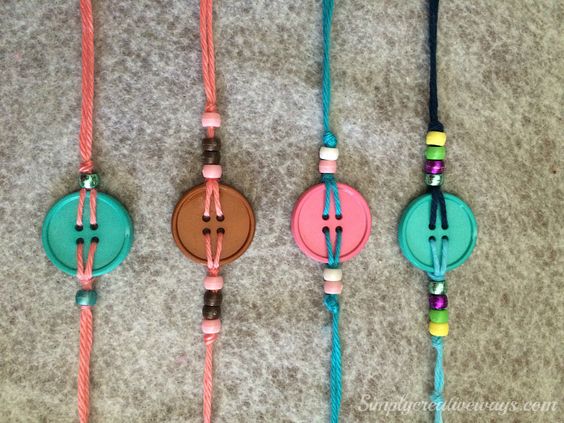
Materials: Old buttons, fabric or paper base, thread.
- Cut a piece of paper or cardboard into your desired shape.
- Arrange buttons on the base in a decorative pattern. Arrange the buttons on the base in a decorative pattern. You can create patterns, shapes, or simply place them randomly for a more eclectic look.
- If you are using paper or cardboard, glue the buttons in place. Apply glue generously and press each button firmly to ensure it sticks well. Allow the glue to dry completely.
- For a fabric base or a more durable attachment, sew the buttons onto the base using a needle and thread. This method is especially useful if you want to use the rakhi for a longer time.
- Attach a cotton or jute thread to the base.
Photo Rakhi
Materials: Photo, thick paper, glue or double-sided tape, thread.
- Print or select a small photo. Ensure it’s the right size for your Rakhi. Typically, a photo size of about 1×1.5 inches works well.
- Cut a piece of cardstock or thick paper into a shape that will serve as the base for your rakhi. The base should be slightly larger than the photo to allow for additional decorations.
- Use glue or double-sided tape or glue to secure the photo onto the center of the cardstock or thick paper base.
- Add decorative elements around the photo. You can use beads, sequins, fabric scraps, or ribbons.
- Cut two pieces of cotton or jute thread to your desired length. These will be used to tie the rakhi.
Make this ecofriendly Rakhi at home this year as it is fun, easy and sustainable.
image source: Pinterest, Pexel, Pixabay




